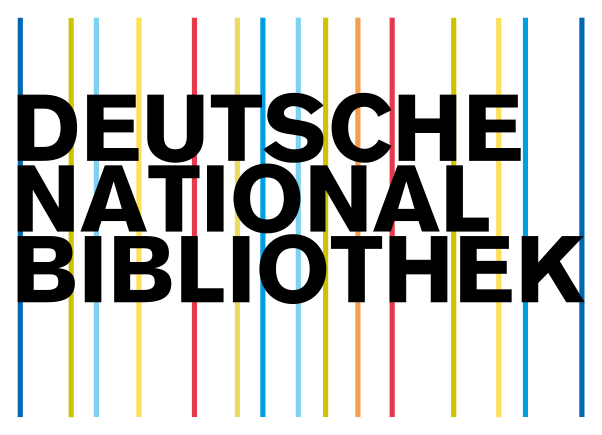The Reduction of PAPR of 5G Wireless Network Based on Uplink NOMA on DST Pre-coding
Keywords:
Non-Orthogonal Multiple Access (NOMA), Peak-to-Average Power Ratio (PAPR), 5G Wireless Networks, Discrete-Sine Transform (DST), Walsh-Hadamard Transform (WHT)Abstract
Non-Orthogonal Multiple Access (NOMA) is one of the potential candidate for the upcominga5G wireless networks because of low latency, higher spectral efficiency, system throughput, massive connectivity The major fault of uplink NOMA employing OFDM modulation is high Peak-to-Average Power Ratio (PAPR), which makes this NOMA inefficient. . The uplink NOMA can employ Orthogonal Frequency Division Multiplexing (OFDM) modulation for the developing of its basic signal waveform. Therefore, in this paper the Discrete-Sine Transform (DST) matrix pre-coding based uplink NOMA scheme is proposed to reduce the high PAPR. PAPR as compared to the Walsh-Hadamard Transform (WHT) matrix pre-coding based uplink NOMA scheme and non-pre-coded uplink NOMA scheme available in the literature Simulations indicate that the DST matrix pre-coding based uplink NOMA scheme has lower PAPR.






